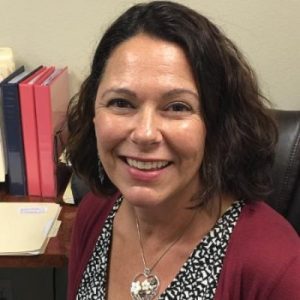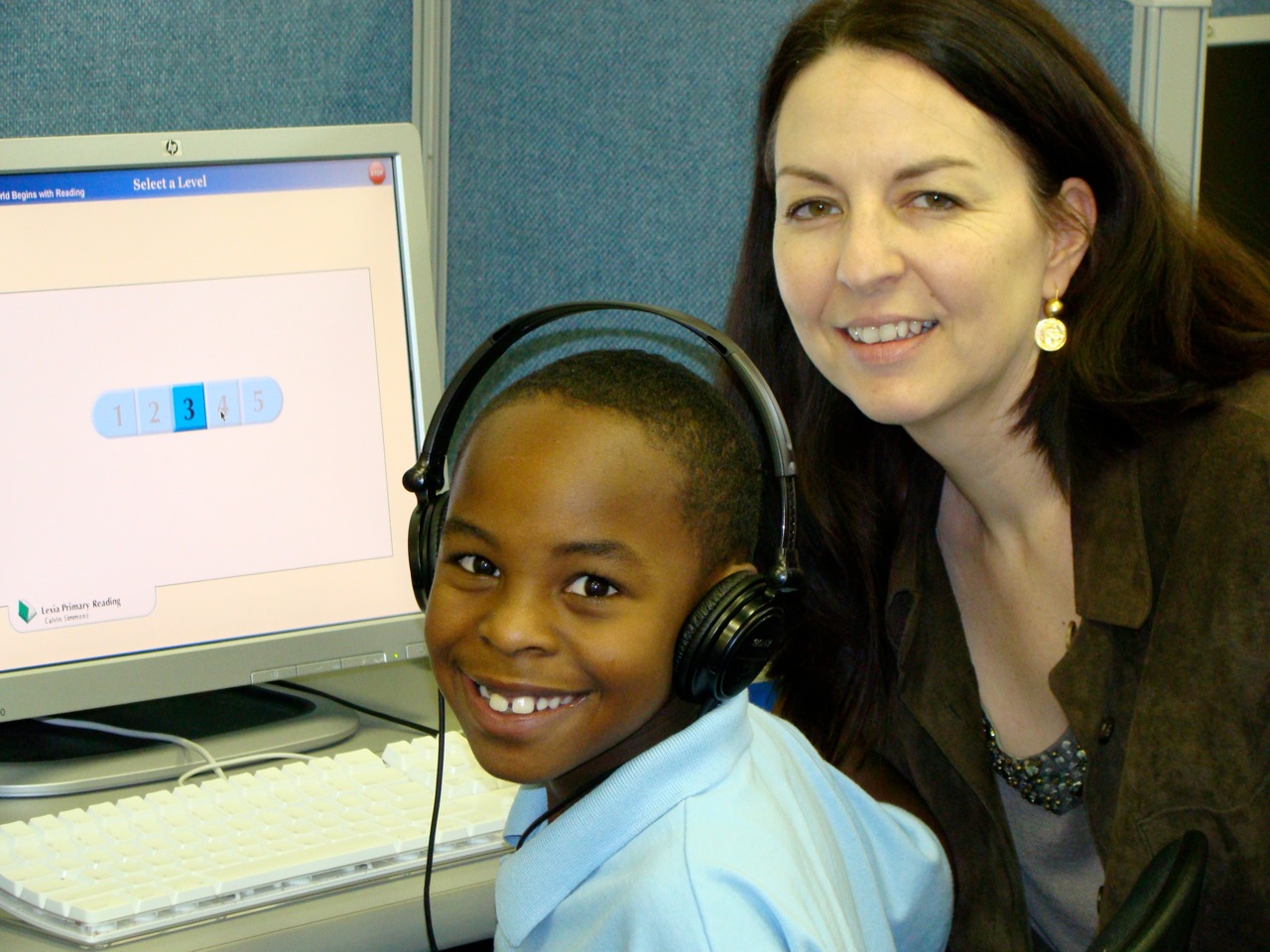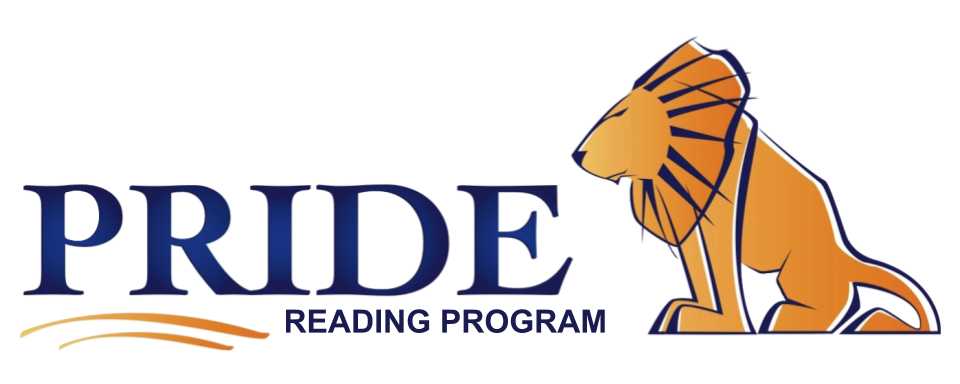
by PRIDE Reading Program Admin | Mar 12, 2017 | A PRIDE Post, ADHD
Following directions is one of the most difficult tasks for a child with ADHD to master. Children with ADHD are easily distracted and have a tendency to get sidetracked a lot. With a lot of patience and support, you can help your ADHD child learn to follow directions using these very simple tips and strategies.
1. Organize and simplify the directions:
Keep the directions as simply stated as possible so that your child with ADHD can remember them easily and not get lost in your words. Make the most important information stand out. “Sara, I want you to get your jacket, get your backpack and put on your shoes, then come back here to me. Got that? Jacket, backpack, shoes. Go!”
2. Use multisensory strategies to help the memory:
You can sing and dance the directions with your ADHD child. “jacket, backpack, shoes, yee-hah!” You can have your child clap his hands or tap the table for each step he needs to do.
3. Teach your child to repeat the directions:
Have your child repeat each direction a few times. “get out a piece of paper, a pencil and write my name at the top of the paper. Paper, pencil, name. Paper, pencil, name.”
4. Make charts for procedures or routines that are repeated:
This is especially helpful for organizing and keeping a routine. For example if you have a list of items that need to be done each day before school you can create a checklist.
1. _____ make my bed.
2. _____ put dirty clothes in the hamper.
3. _____ feed the dog.
As your child completes a step, he/she can check that step off the list. This will give your child some direction and keep the attention on the task at hand.
5. Be supportive and stay positive!
Nagging your ADHD child is not going to assist them in learning strategies and skills to follow directions. You can provide support for your child by:
- prompting your child for listening skills. “I am going to give you the directions, I would like you to please look at me so I know you are listening.”
- asking your child how you can provide a reminder for them without nagging them. They might suggest a hand gesture or a tap on the wall, a wink of the eye, etc.
- offering understanding when your child feels frustration. ” I understand it is hard to keep track of doing so much at once. Would you like me to help you put together a list that we could start checking off after each step?”
- praising your ADHD child often. If they don’t complete the task praise them for making an effort. If your child fails to complete a task, encourage her/him to try to get it finished. Use positive encouragement.
Learn more about the New PRIDE Reading Program
_________________________________________________________________________________________________

Karina Richland, M.A. is the owner of PRIDE Learning Centers, located in Southern California. Ms. Richland is a reading and learning disability specialist. Ms. Richland speaks frequently to parents, teachers, and professionals on learning differences, and writes for several journals and publications. You can visit the PRIDE Learning Center website at: www.pridelearningcenter.com

by PRIDE Reading Program Admin | Mar 5, 2012 | News & Events
Our summer program is our most popular program of the year. Pride’s teachers are all credentialed and certified in Orton-Gillingham methodology. Pride programs are always taught one-on-one.
Pride’s fun-filled yet intensive one-on-one reading program has become so popular that we even draw families from all over the globe. Recent students have come to Pride from China, Japan, Saudi Arabia, France, England, Canada and even the San Fernando Valley.
Sample Daily Schedule:
9:00 – 10:00: Orton-Gillingham Reading Instruction
10:00 – 10:30: Computer Based Reading Instruction
10:30 – 11:00: Snack, Fun and Movement
11:00 – 11:30: Written Expression
11:30 – 12:00: Orton-Gillingham Reading Instruction
Times:
9:00am – 12:00pm or 1:00pm – 4:00pm Monday – Friday
Our Summer 2012 program runs weekly from June 25th – August 31st. You can sign up for any weeks you like during those dates.
Tuition is $980 weekly
Take advantage of our Discounts!
- 10% off early registration by April 31, 2012
- 10% off for returning families
- 20% off for bringing a friend
- 15% off if you register for 4 or more weeks
Space is limited and our summer sessions fill up quickly.
Call us today at 866-774-3342 to request a registration form. Or email us at info@pridelearningcenter.com
by PRIDE Reading Program Admin | Aug 2, 2011 | Orton-Gillingham
A Book Review by Karina Richland, M.A., E.T.
The Shut-Down Learner by Richard Selznick, PhD, is a very parent friendly book written for parents and teachers of children and students with learning disabilities, primarily dyslexia.
The Shut down learner is a visual-spatial child that has a unique set of strengths and weaknesses. Dr. Selznick refers to these children as “the Lego kid.” The Lego kid does not succeed in school because others do not understand and value his strengths and everyone focuses too much on his weaknesses.
The weaknesses of these children are very low linguistic-verbal intelligence. They struggle considerably with reading, spelling and writing. Despite attempts from special educators and remedial teachers to help these children fail in these areas of weakness, the progress for these children is slow and often even unrecognizable.
The strengths of the Shut-Down Learner are excellent spatial and visual perceptual organization skills. This attribute is his most defining indicator and the author stresses this strength throughout the entire book. The SDL child can visualize things well. They learn through visualization and not through language.
The High-Spatial Characteristics include:
- Lego kid
- Loves puzzles
- Engages for hours with hands-on-activities
- Likes taking things apart to see how they work
- Enjoys hooking things up, such as entertainment systems
- Good awareness of visual detail
- Excellent visual recall
- Does well with psychological assessment tasks that involve spatial analysis
- Enjoys doing tasks and is movement-based
The curriculum is a major obstacle for these students. They will not thrive under the regular curriculum because of their severe language acquisition deficiencies. Dr. Selznick recommends Orton-Gillingham remediation as part of the student’s education. This instruction will help these children overcome the worst of their deficiencies. The SDL child will also need heavy focus on the areas in which he can excel and have confidence in. These are the areas of visual-spatial and kinesthetic intelligences.
I did enjoy reading this book and would recommend it to parents and teachers of struggling readers. I do want to mention though, that not all children with dyslexia and learning disabilities are gifted in the visual-spatial skills. I work with many students with dyslexia who do not perform well in visual-spatial tasks and do not enjoy building with legos or taking engines apart.
Multisensory learning is the key factor and will benefit struggling readers. We all learn a different way, and we each have our own set of strengths and weaknesses. It is so important to always point this out to our children.
____________________________________________________________________________________________
Karina Richland, M.A., E.T. is the Managing Director of Pride Learning Centers, located in Los Angeles and Orange County. A former teacher for Los Angeles Unified School District, Ms. Richland is a reading and learning disability specialist. Ms. Richland speaks frequently to parents, teachers, and professionals on learning differences, and writes for several journals and publications. You can reach her by email at: info@pridelearningcenter.com or visit the Pride Learning Center website at:
www.pridelearningcenter.com
by PRIDE Reading Program Admin | Oct 5, 2010 | A PRIDE Post, Learning Disabilities
By Karina Richland, M.A., E.T.
The most effective teaching method for children with learning differences is a multisensory approach. Multisensory teaching utilizes all the senses to relay information to the students. The teacher accesses the auditory, visual, and kinesthetic pathways in order to enhance memory and learning. For example, when learning the vowel combination “oa” the student might first look at it and then have to trace the letters in the air while speaking out loud. This combination of listening, looking, and moving around creates a lasting impression for the student as things will connect to each other and become memorable.
Multisensory learning started back in the 1920s by Dr. Samuel Orton at the Mobile Mental Health Clinic in Iowa. Dr. Samuel Orton, one of the first to recognize dyslexia in students, suggested that teaching the “fundamentals of phonic association with letter forms, both visually and kinesthetically presented and reproduced in writing until the correct associations were built up,” would be the best learning approach for students of all ages. Dr. Orton had his patients trace, copy, and write letters while saying their corresponding sounds and associations. Today this method is known as multisensory learning.
Children with dyslexia often struggle with auditory and/or visual processing. They have trouble recalling words and how they are pronounced. This means that they do not comprehend the roles that sounds play in words. These children have difficulties rhyming words as well as blending sounds together to form words. Dyslexic children do not understand or acquire the alphabetic code or system expected of them in the primary grades. If a child with dyslexia is given a task that uses just hearing and vision, without drawing upon other senses, the student will be at a disadvantage. When taught with a multisensory approach, children will learn alphabetic patterns and words by utilizing all pathways – hearing (auditory), seeing (visual), touching (tactile) and moving (kinesthetic).
Dyslexic students do not need more of the same instruction in class but a different type of instruction. They need to learn basic language sounds and the letters that make them, starting from the very beginning and moving forward in a gradual step by step process. For all of this to “stick” they need to do this by using their eyes, ears, voices, and hands.
CHINESE PROVERB
Tell me, and I will forget.
Show me, and I may remember.
Involve me, and I will understand.
________________________________________________________________________________
Karina Richland, M.A., E.T. is the Managing Director of Pride Learning Centers, located in Los Angeles and Orange County. A former teacher for Los Angeles Unified School District, Ms. Richland is a reading and learning disability specialist. Ms. Richland speaks frequently to parents, teachers, and professionals on learning differences, and writes for several journals and publications. You can reach her by email at: info@pridelearningcenter.com or visit the Pride Learning Center website at:
www.pridelearningcenter.com



